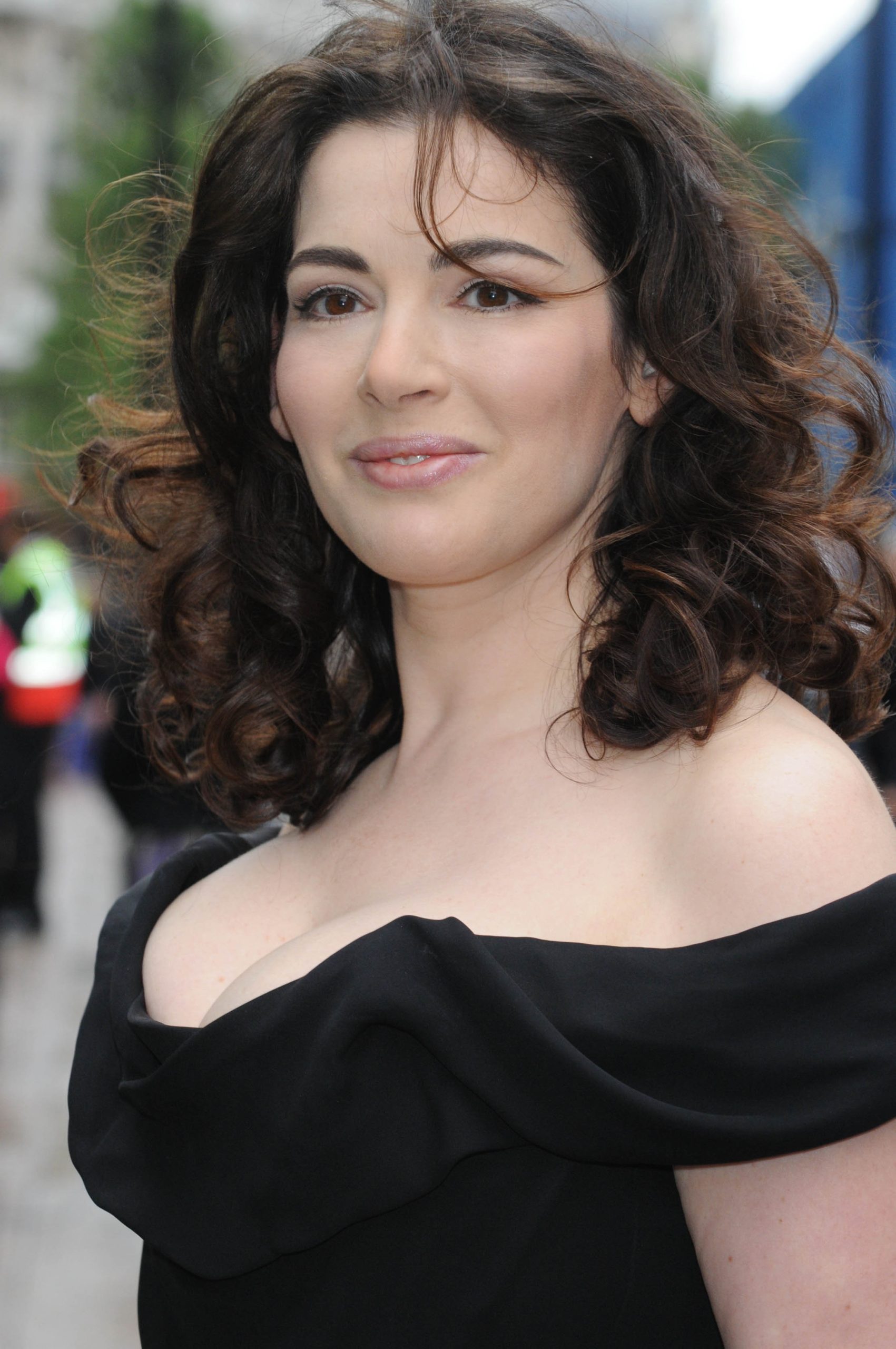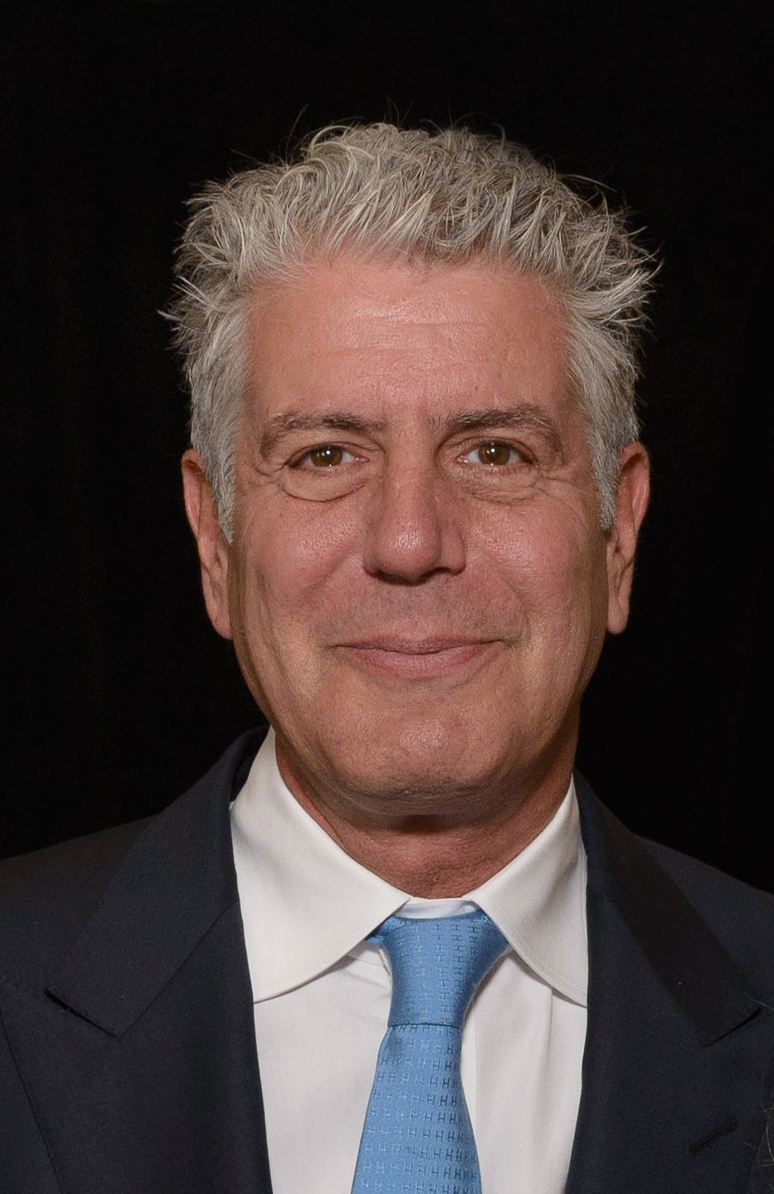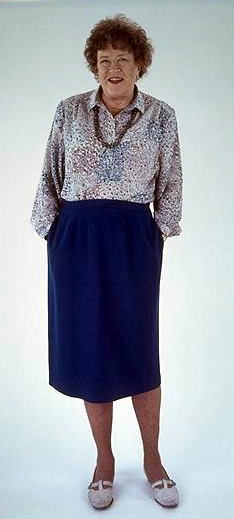chefs
Nigella Lawson

On this date in 1960, Nigella Lawson was born in London to wealthy parents. She is known for her work in food journalism and books and as the host of several cooking shows. She attended the University of Oxford and graduated with a degree in medieval and modern languages. Lawson began her career by writing for several publications, including the Sunday Times, Vogue and the Daily Telegraph. She wrote her first cookbook, How to Eat: Pleasures and Principles of Good Food, in 1998, and since then has written about a dozen cookbooks, including Nigella Bites (2001) and the most recent as of this writing, At My Table: A Celebration of Home Cooking (2017).
She has had her own cooking shows, including “Nigella Bites” (1999-2001), “Nigella” (2005), “Nigellissima” (2012) and “Nigella: At My Table” (2017). She has also been featured on “Top Chef” and “Iron Chef America.”
Lawson married journalist John Diamond in 1992. They had a daughter, Cosima, and a son, Bruno, before Diamond died at age 47 of throat cancer in 2001. She married art collector Charles Saatchi in 2003. They separated in 2013 and divorced after Saatchi assaulted her in public.
"I was brought up an atheist and have always remained so. But at no time was I led to believe that morality was unimportant or that good and bad did not exist. I believe passionately in the need to distinguish between right and wrong and am somewhat confounded by being told I need God, Jesus or a clergyman to help me to do so.”
— Lawson, "We atheists know right from wrong," The Times of London (June 29, 1996)
Anthony Bourdain

On this date in 1956, maverick chef, celebrity epicure, author and travel host Anthony Bourdain was born in New York City to Pierre and Gladys Bourdain. He grew up in New Jersey. Although his father was Catholic and his mother was Jewish, Bourdain was raised without religion. He graduated from Dwight-Englewood High School and attended Vassar for two years before dropping out. He started working at seafood restaurants in Provincetown, Mass., then graduated from the Culinary Institute in 1978 and began running kitchens in New York City.
In the 1990s, Bourdain became the executive chef at Brasserie Les Halles in Lower Manhattan where he served steak frites and onion soup. During his time working there, he sent an unsolicited article to The New Yorker detailing the gritty, subterranean world of urban restaurant culture.
To his surprise the article was accepted and noticed by book editors. This resulted in Bourdain’s memoir, Kitchen Confidential: Adventures in the Culinary Underbelly. The book branded Bourdain as a celebrity chef and earned him a new career on TV. Bourdain first hosted “A Cook’s Tour” on the Food Network before he spent eight seasons as a peripatetic host of Travel Channel’s “No Reservations,” on which he highlighted obscure cuisine and little-known restaurants.
On the show, Bourdain recharacterized line cooks as urban warriors and shined new light on a kitchen culture involving drugs, drinking and brutal hours. Bourdain was open about his past addictions with cocaine in the 1980s and alcohol abuse. He joined CNN in 2012 to host the show “Parts Unknown,” on which he explored political and historical topics with locals in countries across the globe often over food and drinks.
Bourdain earned multiple awards and nominations for his shows, including two Emmys for “No Reservations” and the Peabody Award in 2013 for “Parts Unknown.” He had the spirit of an activist and diplomat, advocated for marginalized populations and campaigned for safer working conditions for restaurant staffs. Several times on his television show, Bourdain mentioned that he didn’t believe in religion and was critical of religious hypocrisy.
Bourdain married his high school girlfriend in 1985 and they divorced in 2005. In 2007 he married Ottavia Busia, and they had a daughter born that same year. The couple separated in 2016. Bourdain began dating Italian actress Asia Argento in 2017 and, following her sexual abuse allegations against Harvey Weinstein, he became an ardent advocate against sexual harassment in restaurants and Hollywood.
While working on an episode for “Parts Unknown” in France, Bourdain committed suicide by hanging at age 61 in his Alsatian hotel room. (D. 2018)
“I’m closer to Hitchens’ view on this. Many of the world’s ills can be tracked back to [religion].”
— Bourdain, interview with NotQuiteNigella.com (May 2011)
Julia Child

On this date in 1912, Julia Child, neé McWilliams, became the first-born child of heiress Dorothy Weston McWillams and Princeton grad and investor John McWilliams Jr. She inherited the Weston family height — topping 6-foot-3, and the Weston “hoot,” a product of unusually long vocal cords. She did not inherit her father’s arch-conservatism. Biographer Bob Spitz writes: “Conformity: There wasn’t so much as a trace of it in her DNA.”
She went to the Katharine Branson School in 1927 and rebelled against requirements that students attend church and carry a bible to school. “Even as a teenager, Julia was outspoken in her attitude toward religion. ‘She thought it was rot,’ says a family member familiar with her beliefs,” according to Spitz. A Democrat, she once swore she would never vote for a Catholic, “as a Catholic could not be a free man,” until her dislike of Nixon changed her mind.
She graduated from Smith College in 1934 but was unable to settle on a career or a family. A late bloomer, she took a wartime job with the Office of Strategic Services in 1941, working in intelligence. She met Paul Child on a wartime post in Sri Lanka. After a courtship extending to postwar China, the couple married in 1946. Paul’s diplomatic post took her to Paris. After her legendary first meal in France — sole meuniere — she never looked back. She studied at Cordon Bleu, devoting herself to “mastering the art of French cooking,” as her first cookbook would later be called.
Two Frenchwomen with a goal of writing a French cookbook in English enlisted Child in their project in the early 1950s. Simone “Simca” Beck provided the family recipes and French authenticity while Child provided rigorous scientific testing. Over the next decade she researched, wrote, tested and rewrote hundreds of recipes, as she and Paul moved through diplomatic postings in Paris, Marseilles, Norway and finally home to the U.S. After many rejections and disappointments, Knopf finally published “Mastering the Art of French Cooking” in 1961. The book would transform how some Americans ate, introducing fine cuisine to people used to Wonder Bread, Jell-O, tuna casseroles and TV dinners.
WGBH in Boston launched “The French Chef” in 1962. Child at age 50 started an unlikely but nearly four-decade-long TV career. She mesmerized audiences with her skillful live demonstrations, insouciance, improvisation and earthy humor. It was syndicated to over 90 stations, won Peabody and Emmy awards and led to a second book, named after the show. Other shows followed: “Julia Child and Company” (1978), “Julia Child and More Company” (1980) and appearances on “Good Morning America.” Child cooked, researched, wrote and made countless appearances into her late 80s, working with chefs and celebrities in other fields.
Her other books included a second volume of her classic work, “In Julia’s Kitchen with Master Chefs” (1995), “Baking with Julia” (1996) and “Julia’s Delicious Little Dinners” (1999). She was the first woman inducted into the Culinary Institute Hall of Fame (1993). In 2000 she received France’s highest honor, the Legion d’Honneur. Child was a lifelong progressive, actively supporting abortion rights and doing benefits for Planned Parenthood. Her husband, 10 years older than Julia, died at 92 in 1994. She kept working until almost age 90, dying of kidney failure just shy of her 92nd birthday. (D. 2004)
PHOTO: By Elsa Doorman in 1988 under CC 3.0.
“I hated having to go to church.”
— Child, quoted in "Dearie: The Remarkable Life of Julia Child" by Bob Spitz (2012)
